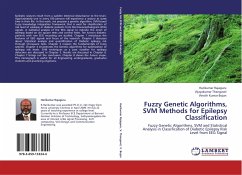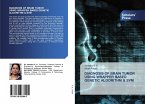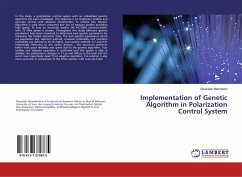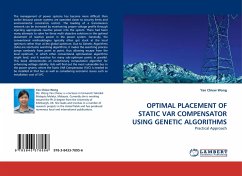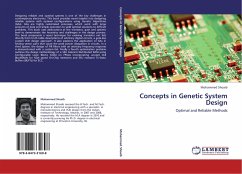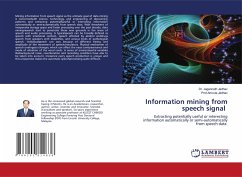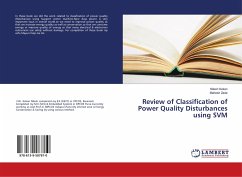Epileptic seizures result from a sudden electrical disturbance to the brain. Approximately one in every 100 persons will experience a seizure at some time in their life. In this work, we propose a genetic algorithm, SVM based fuzzy knowledge integration framework that is used for classification of risk level of epilepsy in diabetic patients from Electroencephalogram (EEG) signals. A statistical analysis of the EEG signal to indicate the onset of epilepsy based on chi square tests and control limits. Ten known diabetic patients with raw EEG recording are studied. Chapter 1 introduces the features of EEG signals and focus of the research. Chapter 2 discusses about Statistical analysis and quantification of Diabetic epilepsy risk through Chi-square tests. Chapter 3 reviews the fundamentals of fuzzy systems. Chapter 4 enumerates the Genetic algorithms for optimization of epilepsy risk levels. SVM techniques as a post classifier for epilepsy detection are discussed in Chapter 5. Results are discussed in Chapter 6. Chapter 7 brings out the conclusion. Chapter 8 shows the Future scope. This monograph is useful for all Engineering undergraduate, graduates students and practicing engineers.
Bitte wählen Sie Ihr Anliegen aus.
Rechnungen
Retourenschein anfordern
Bestellstatus
Storno

